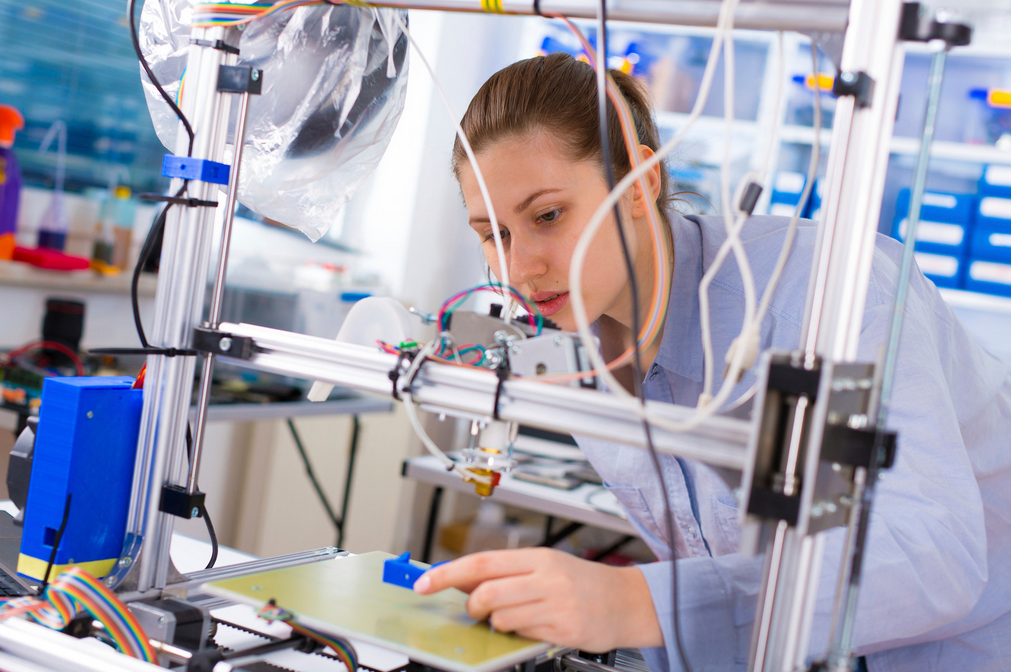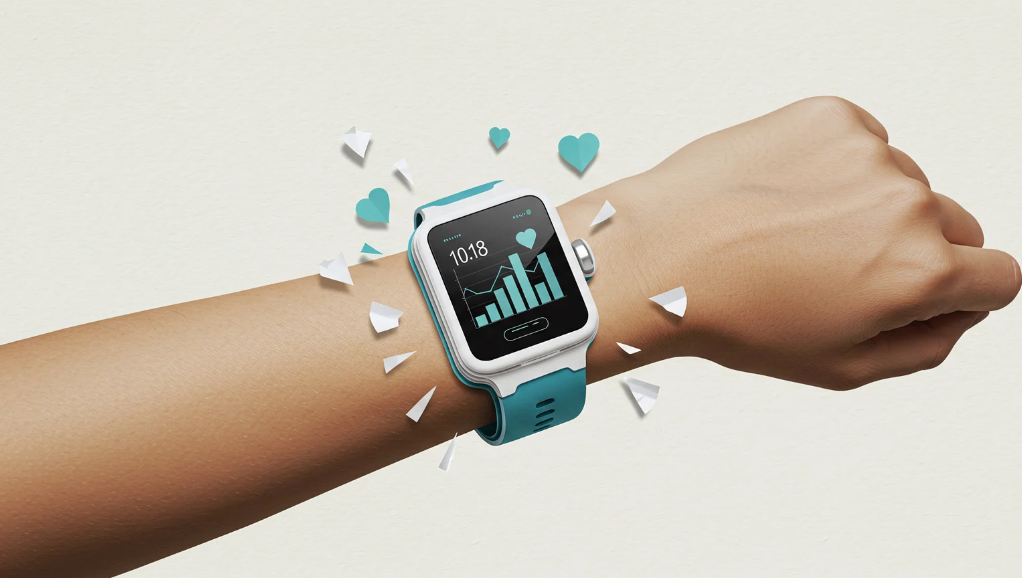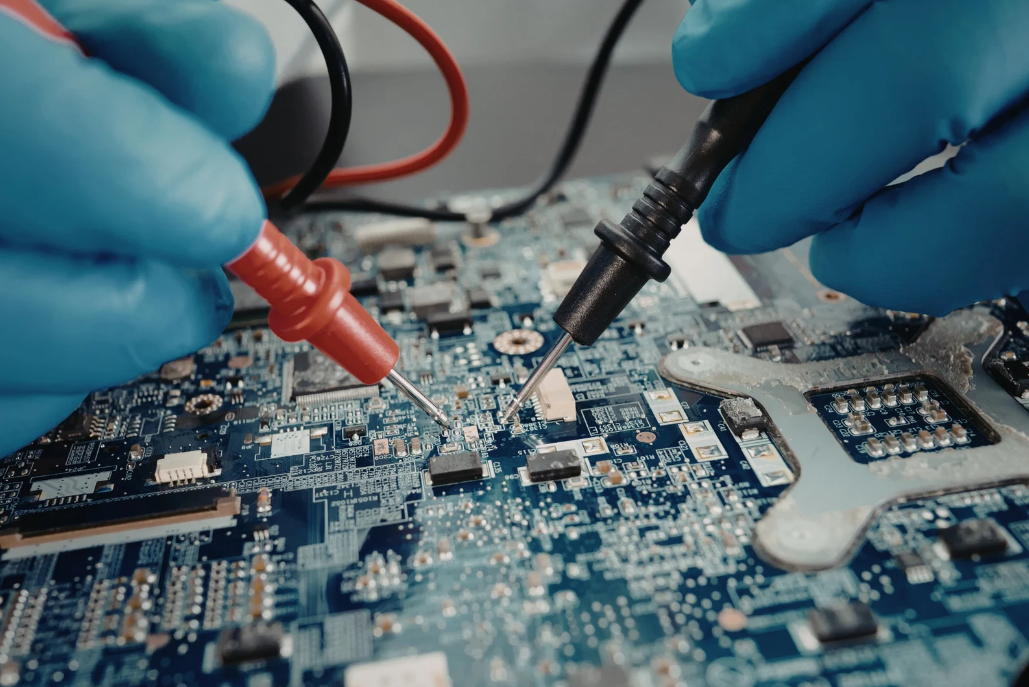New Material Compositions
Recent advances in piezoelectric materials have led to the development of new compositions that enhance performance. Naturally occurring materials include rochelle salt, quartz, tourmaline group, and topaz, while synthetic ones consist of lead titanate and barium titanate. These new compositions are designed to improve efficiency and functionality in various applications.
Enhanced Durability and Performance
Enhanced durability and performance are key goals in the development of piezoceramic materials. By refining the manufacturing processes and material compositions, researchers have been able to create piezoceramics that are more robust and reliable. This ensures that the materials can withstand harsh conditions and maintain their performance over time.
Environmental Considerations
Environmental considerations are becoming increasingly important in the development of piezoceramic materials. Efforts are being made to create materials that are not only efficient but also environmentally friendly. This includes reducing the use of harmful substances and finding ways to recycle and reuse materials to minimize waste.

Innovative Manufacturing Techniques
Additive Manufacturing
Additive manufacturing, also known as 3D printing, has revolutionized the production of piezoceramic components. This method allows for the creation of complex shapes and structures that were previously impossible to achieve. One of the key benefits of additive manufacturing is its ability to produce parts with high precision and minimal waste. Techniques such as two-photon polymerization and projection micro stereolithography enable micro and nanoscale resolution, expanding the application range of piezoelectric materials.
Precision Machining
Precision machining involves the use of advanced tools and techniques to achieve extremely tight tolerances and fine surface finishes. This method is essential for creating high-performance piezoceramic components that require exact dimensions and smooth surfaces. Precision machining ensures that the components meet the stringent requirements of various applications, from medical devices to automotive sensors.
Hybrid Fabrication Methods
Hybrid fabrication methods combine different manufacturing techniques to optimize the production process. For example, a combination of additive manufacturing and traditional machining can be used to create complex parts with high accuracy. These methods offer the flexibility to produce customized components while maintaining high quality and performance standards.
The development of new manufacturing technology has led to the introduction of piezoceramic composites, which offer enhanced properties and broader application possibilities.
Applications in the Automotive Industry
Engine Management Systems
Piezoceramic technology plays a crucial role in modern engine management systems. These materials help in precise fuel injection and ignition timing, leading to better fuel efficiency and reduced emissions. Advanced piezoceramic sensors ensure optimal engine performance under various conditions.
Safety and Sensor Technologies
In the realm of automotive safety, piezoceramics are indispensable. They are used in airbag sensors, tire pressure monitoring systems, and collision detection systems. These sensors provide real-time data, enhancing vehicle safety and driver awareness.
Electric and Hybrid Vehicles
Electric and hybrid vehicles benefit greatly from piezoceramic components. These materials are used in battery management systems and regenerative braking systems, improving overall vehicle efficiency. The use of lead-free piezoceramics in these applications is both sustainable and efficient.
The integration of piezoceramic technology in the automotive industry not only boosts performance but also contributes to a greener environment.
Medical Applications of Piezoceramics
Ultrasound Imaging
Piezoceramic materials are essential in ultrasound imaging. They convert electrical signals into sound waves and back, allowing doctors to see inside the body without surgery. This technology is crucial for monitoring pregnancies and diagnosing various conditions.
Surgical Instruments
In surgery, piezoceramics are used in precision tools. These tools can cut or shape tissues with high accuracy, reducing damage to surrounding areas. This leads to faster recovery times and better outcomes for patients.
Implantable Devices
Piezoceramics are also found in implantable devices like pacemakers. They help these devices monitor and regulate bodily functions, ensuring patients stay healthy. The role of piezoelectric materials in medical devices is growing, offering new ways to improve patient care.
Piezoceramics are revolutionizing medical technology, making procedures safer and more effective.

Consumer Electronics and Piezoceramics
Piezoceramics have become a key component in many consumer electronics, enhancing both functionality and user experience. These materials are used in a variety of devices, from smartphones to home automation systems, making everyday life more convenient and efficient.
Smartphones and Wearables
Piezoceramics are integral to the operation of modern smartphones and wearables. They are used in vibration motors to provide haptic feedback, making interactions more intuitive. Additionally, piezoceramic sensors help in measuring changes in pressure, acceleration, and temperature, contributing to the advanced features of these devices.
Audio Equipment
In the realm of audio equipment, piezoceramics play a crucial role in improving sound quality. They are used in microphones and speakers to convert sound waves into electrical signals and vice versa. This technology ensures clearer audio and better performance, making it a favorite among audiophiles.
Home Automation
Home automation systems also benefit from piezoceramic technology. These materials are used in various sensors and actuators that control lighting, security systems, and climate control. The ability to convert mechanical energy into electrical energy makes piezoceramics ideal for creating responsive and efficient home automation solutions.
The integration of piezoceramics in consumer electronics is a testament to their versatility and efficiency. As technology advances, these materials will continue to play a pivotal role in shaping the future of electronic devices.
Future Trends in Piezoceramic Technology
Miniaturization and Integration
The trend towards smaller and more integrated devices is driving innovations in piezoceramic technology. Miniaturization allows for the creation of compact and efficient components that can be used in a variety of applications, from medical devices to consumer electronics. This shift not only enhances performance but also opens up new possibilities for design and functionality.
Smart Materials
Smart materials are becoming increasingly important in the field of piezoceramics. These materials can adapt to their environment and provide real-time feedback, making them ideal for use in advanced sensor technologies and other applications. The development of smart materials is expected to lead to more responsive and adaptive systems, further pushing the boundaries of what is possible with piezoceramic technology.
Sustainability and Recycling
As the global focus on sustainability grows, the piezoceramic industry is also looking at ways to make their products more environmentally friendly. This includes developing new materials that are easier to recycle and have a lower environmental impact. By focusing on sustainability, the industry aims to reduce waste and create more eco-friendly products, ensuring a greener future for piezoceramic technology.
The future of piezoceramic technology is bright, with innovations in miniaturization, smart materials, and sustainability paving the way for groundbreaking applications across various industries.
Embracing the Future of Piezoceramic Technology
In conclusion, piezoceramic technology is paving the way for groundbreaking applications across various industries, from automotive to medical and consumer electronics. As we continue to innovate, piezoelectric discs will undoubtedly play a key role in shaping the future of electronic ceramics. By embracing this technology, we can enhance the performance and efficiency of our devices, pushing the boundaries of what is possible. The future of piezoceramic technology is bright, and its potential is limitless. Let’s harness this incredible innovation to propel our world into a new era of technological advancement.
Frequently Asked Questions
What are piezoceramics?
Piezoceramics are special materials that generate an electric charge when they are squeezed or pressed. They are used in many different devices and industries.
How are new piezoceramic materials better?
New piezoceramic materials are made to be stronger and last longer. They also work better in different environments.
What is additive manufacturing in piezoceramics?
Additive manufacturing, also known as 3D printing, is a way to make piezoceramic parts by adding material layer by layer. This allows for more complex shapes and designs.
How are piezoceramics used in cars?
In cars, piezoceramics are used in engine management systems, safety sensors, and even in electric and hybrid vehicles to improve performance and efficiency.
Can piezoceramics be used in medical devices?
Yes, piezoceramics are used in medical devices like ultrasound machines, surgical tools, and implantable devices to help doctors diagnose and treat patients.
What is the future of piezoceramic technology?
The future of piezoceramic technology includes making smaller and smarter materials, as well as focusing on sustainability and recycling to make them more eco-friendly.



